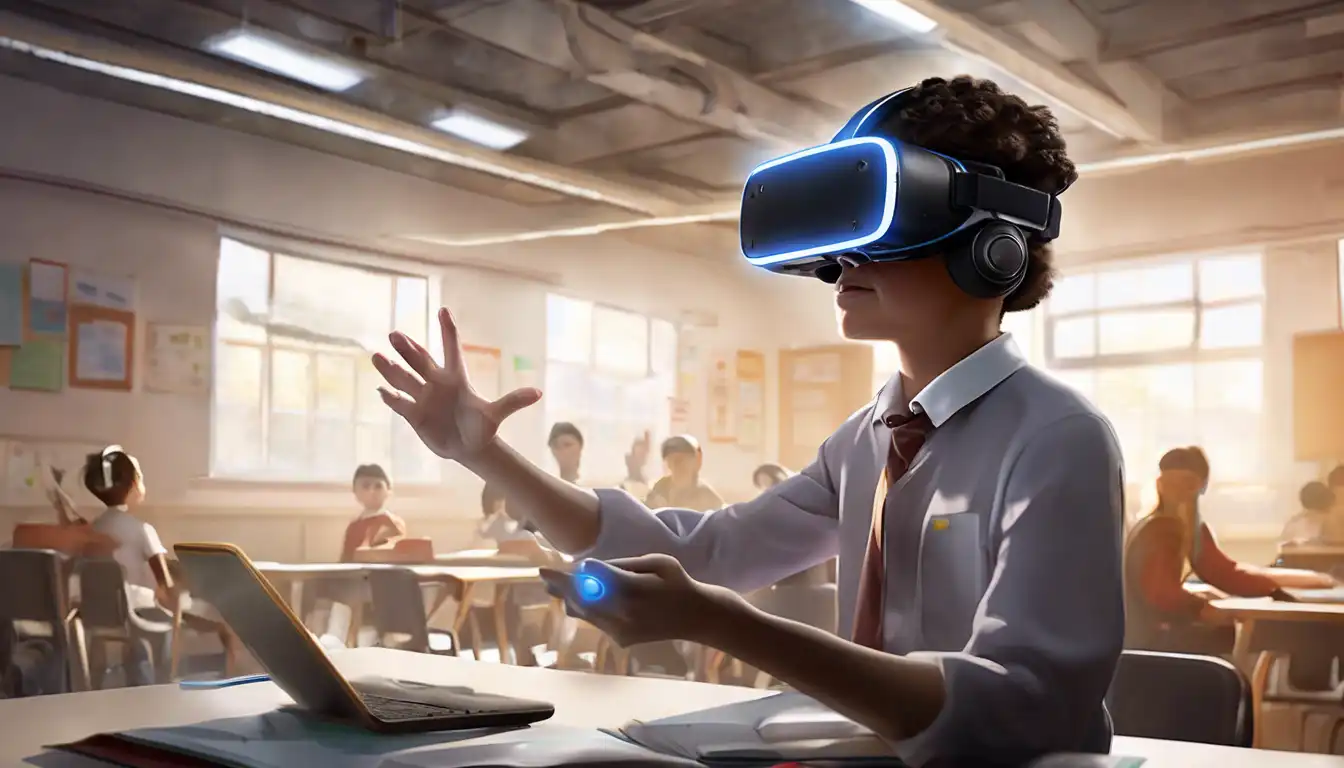The Transformative Impact of Virtual Reality on Learning and Skill Development
Virtual Reality (VR) technology has emerged as a groundbreaking tool in the realm of education and training, offering immersive experiences that were once unimaginable. By simulating real-world environments, VR provides learners with a unique opportunity to explore, interact, and learn in a controlled yet dynamic setting. This article delves into the potential of VR in revolutionizing educational methodologies and training programs across various sectors.
Why VR is a Game-Changer in Education
The traditional classroom setting often limits the scope of experiential learning. VR, however, breaks these barriers by enabling students to embark on virtual field trips, conduct complex scientific experiments, and even travel back in time to witness historical events firsthand. This level of engagement not only enhances comprehension but also retains students' interest and motivation.
VR in Professional Training: A Leap Towards Efficiency
Beyond academic learning, VR has proven to be an invaluable asset in professional training. Industries such as healthcare, aviation, and manufacturing are leveraging VR to simulate high-risk scenarios, allowing trainees to hone their skills without the associated dangers or costs. For instance, surgeons can practice intricate procedures, and pilots can navigate challenging flight conditions, all within a virtual space.
The Benefits of Incorporating VR into Learning Environments
- Enhanced Engagement: VR's immersive nature captivates learners, making education more interactive and enjoyable.
- Safe Learning Space: It provides a risk-free environment for practicing skills that would otherwise be hazardous.
- Accessibility: VR can bring distant or inaccessible locations right into the classroom, democratizing education.
- Customizable Scenarios: Educators can tailor virtual experiences to meet specific learning objectives or address individual student needs.
Challenges and Considerations
Despite its potential, the integration of VR into education and training is not without challenges. The cost of VR equipment and the need for technical support can be prohibitive for some institutions. Additionally, there's a learning curve associated with using VR technology effectively in teaching. However, as VR becomes more mainstream, these obstacles are expected to diminish.
Looking Ahead: The Future of VR in Education and Training
The future of VR in education and training is bright, with advancements in technology making it more accessible and affordable. As we continue to explore its applications, VR has the potential to transform traditional learning paradigms, making education a more engaging, effective, and inclusive experience for learners worldwide.
For more insights into how technology is shaping the future of education, check out our article on The Role of AI in Personalized Learning.
